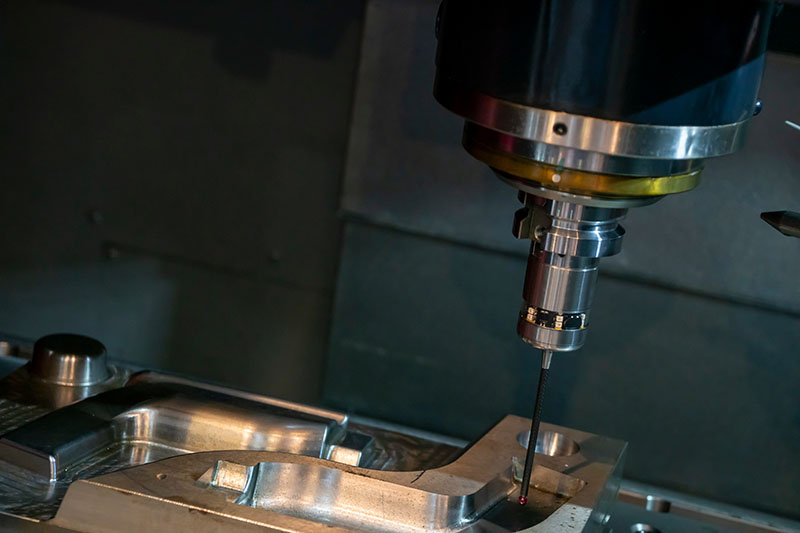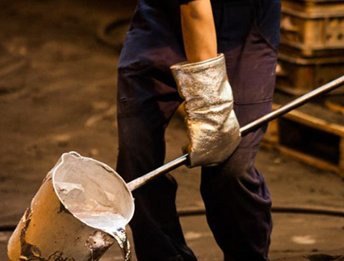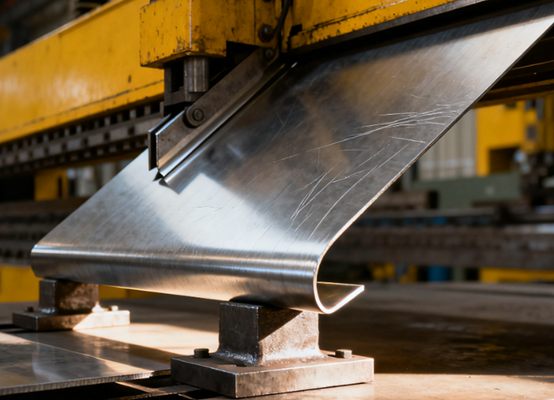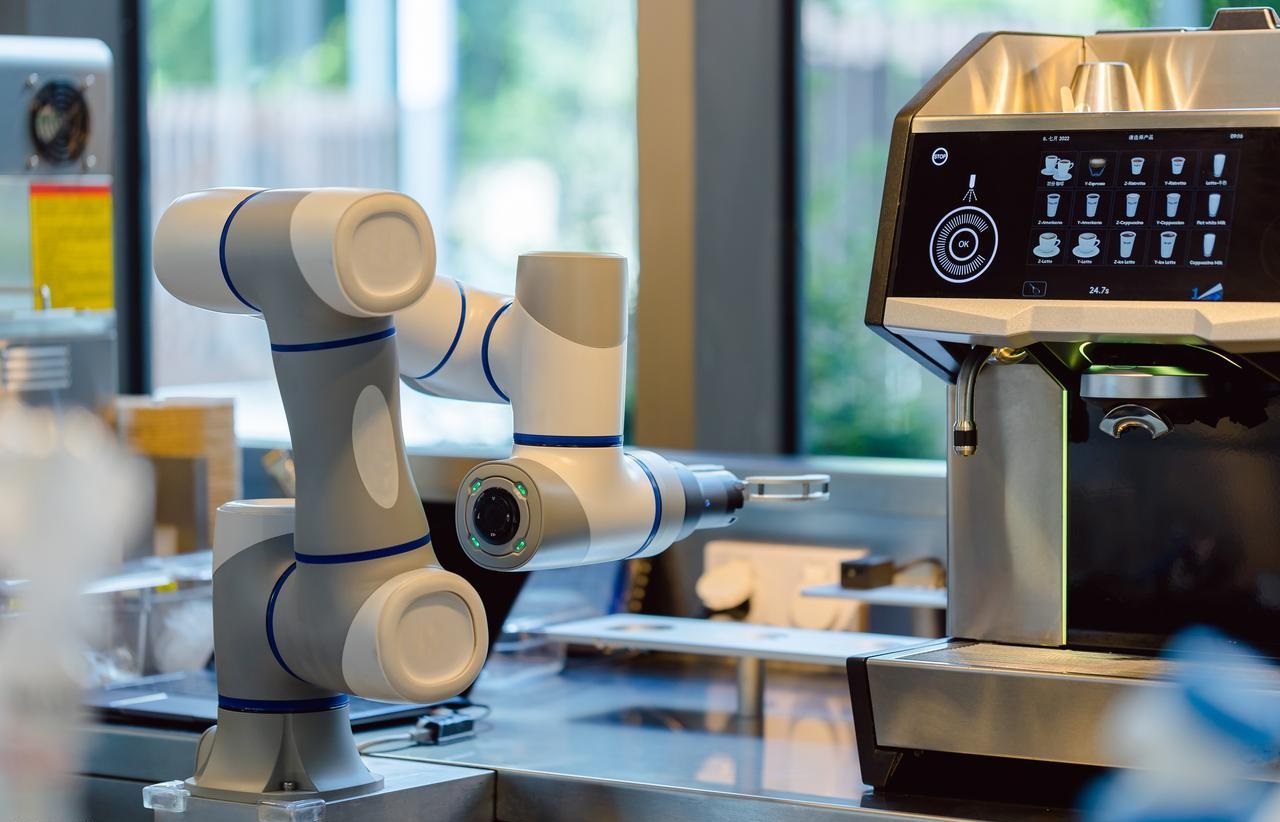In the high-stakes world of medical device manufacturing, precision isn’t just important—it’s a matter of life and death. From artificial joints to endoscopic probes and cardiovascular stents, even the slightest deviation in the production of medical parts can result in catastrophic outcomes such as implant failure, inaccurate diagnoses, or increased risks of complications like thrombosis.
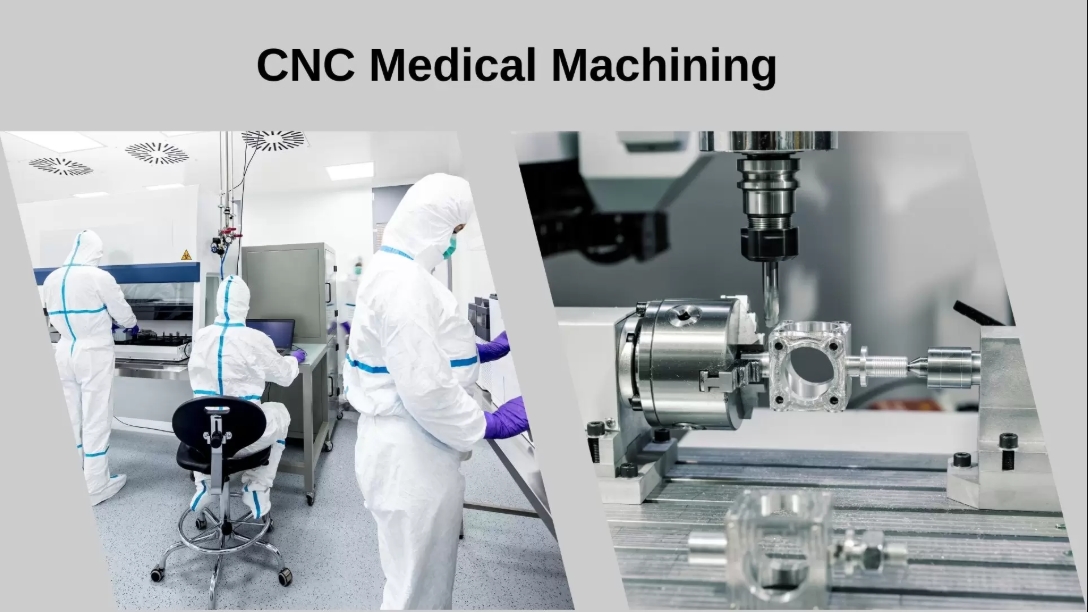
While companies in Europe and North America have historically dominated the global high-end medical parts market, manufacturers in China are now making significant strides in this sector. Not only have Chinese companies such as Jingwei Shida and Mofang Precision made groundbreaking advancements, but their products are also beginning to rival international standards in terms of quality and precision.
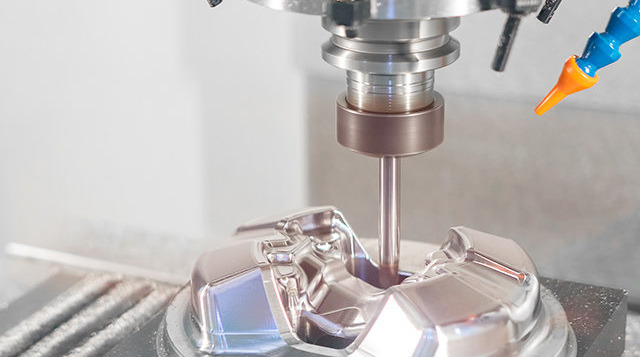
This article will delve into the five core technologies that enable the ultra-precision required for medical device production. We will explore the challenges faced by manufacturers, how emerging technologies are overcoming these hurdles, and the role of domestic manufacturers in driving innovation and maintaining cost-effective, high-quality production.
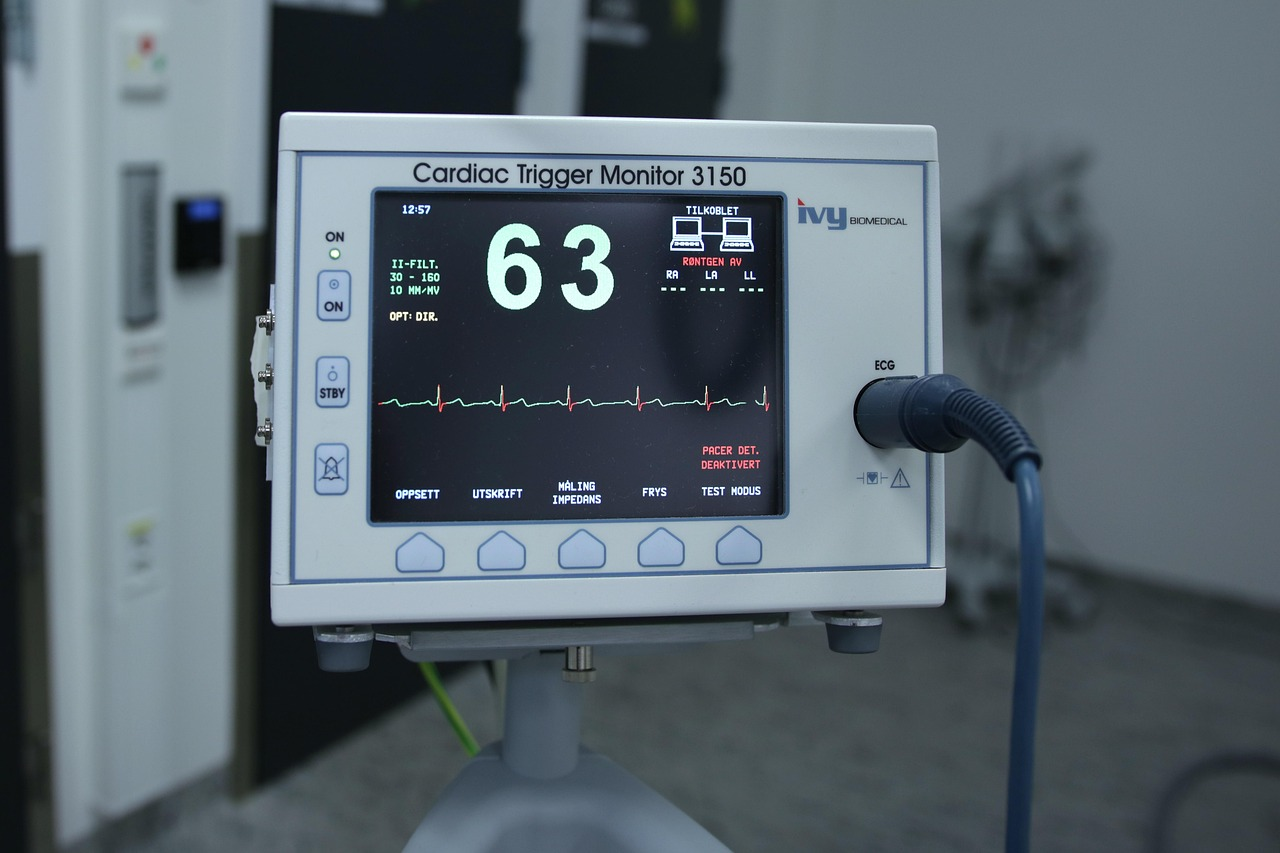
The Critical Role of Micron-Level Precision in Medical Devices
Medical devices demand precision at the sub-micron (µm) or even nano (nm) scale to ensure their proper function and patient safety. In many cases, a deviation of just a few microns can make the difference between a successful medical procedure and a catastrophic failure. Below are some of the key medical applications that require micron-level precision:
1. Artificial Joints
Deviations exceeding 5µm in the machining of artificial joints can accelerate wear, significantly reducing the lifespan of the implant. This, in turn, can lead to the need for early revision surgeries.
2. Endoscope Probes
Inaccurate or poor-quality endoscopic probes can cause blurred imaging, which can affect the accuracy of early cancer detection. High-precision manufacturing is essential for producing clear, reliable images.
3. Cardiovascular Stents
A discrepancy as small as 10µm in the wall thickness of a cardiovascular stent can increase the risk of thrombosis (blood clot formation), leading to serious complications like stroke or heart attack.
As the demand for minimally invasive procedures and customized implants grows, achieving micron-level precision has become an industry standard rather than a mere luxury.

The 5 Core Technologies Behind Micron-Level Precision
Manufacturing medical parts with micron-level accuracy involves an array of advanced technologies. Below are the key processes that enable manufacturers to achieve the required precision.
1. Ultra-Precision CNC Machining: The Backbone of Micron-Level Motion
Key Principle:
Ultra-precision CNC (Computer Numerical Control) machining involves the use of nanometer-level feedback systems to ensure toolpath accuracy within ≤1µm. This is critical for creating highly intricate medical components such as artificial joints, stents, and dental implants.
Breakthrough Example:
A significant milestone in ultra-precision machining was achieved by China’s National University of Defense Technology, which developed a 0.1µm roundness precision in shaft machining. This set a new benchmark for the global manufacturing community.
Application:
Optimized servo motor algorithms have enabled manufacturers to reduce surface roughness in artificial joint production to Ra 0.01µm, contributing to longer implant lifespans and better patient outcomes.
2. High-Precision Cutting and Grinding: The Diamond Tool Challenge
Critical Tools:
To machine tough biocompatible materials such as titanium and ceramics, CBN grinding wheels and diamond cutting tools are employed. These tools enable extremely fine finishes, but they come with their own set of challenges.
Challenge:
Poor force control can cause micro-cracks in these sensitive materials, which may compromise the integrity of the final product. Ultrasonic-assisted machining has emerged as a solution to reduce stress and prevent these cracks.
Application:
This technology is especially useful in the production of vascular stents and other intricate components, where material integrity is paramount.
3. Laser and Ion Beam Processing: Non-Contact Micro-Carving
Advantage:
Laser and ion beam technologies are used for non-contact micromachining—this means there is no physical interaction with the material, which prevents potential deformation.
Case Study:
A leading Chinese firm achieved ±10µm tolerance in 40µm-thick dental veneers using micro-nano 3D printing, demonstrating the potential of laser and ion beam processing in ultra-precise applications.
Application:
These techniques are particularly effective for manufacturing delicate components such as vascular stents and dental implants, where minimal contact ensures a smooth, defect-free surface.
4. AI-Powered Quality Inspection: Real-Time Defect Detection
Traditional Challenges:
Manual inspection processes in traditional manufacturing lines often lead to a 5% error rate, meaning defects may go undetected, potentially compromising the functionality and safety of medical devices.
AI Solution:
Artificial intelligence (AI) and machine vision systems can now detect defects like scratches, burrs, and dimensional inconsistencies with over 99% accuracy. AI systems, such as the auto-calibration system developed by Jingwei Shida, can also make real-time adjustments to machining parameters, ensuring continuous precision.
Application:
AI-powered quality control systems significantly reduce the likelihood of defects in highly sensitive medical parts, leading to better patient outcomes and fewer product recalls.
5. Environmental Control: Mitigating Thermal and Vibration Errors
Temperature Stability:
To prevent errors due to thermal expansion, many ultra-precision workshops maintain a stable temperature environment, with fluctuations limited to ±0.1°C.
Vibration Isolation:
Anti-shock foundations and vibration isolation systems are critical for maintaining machine stability during the machining process, ensuring that no external forces affect the precision of the work.
Application:
Environmental control is essential for high-precision tasks such as laser cutting and micro-machining, where even slight disturbances can lead to inaccuracies.
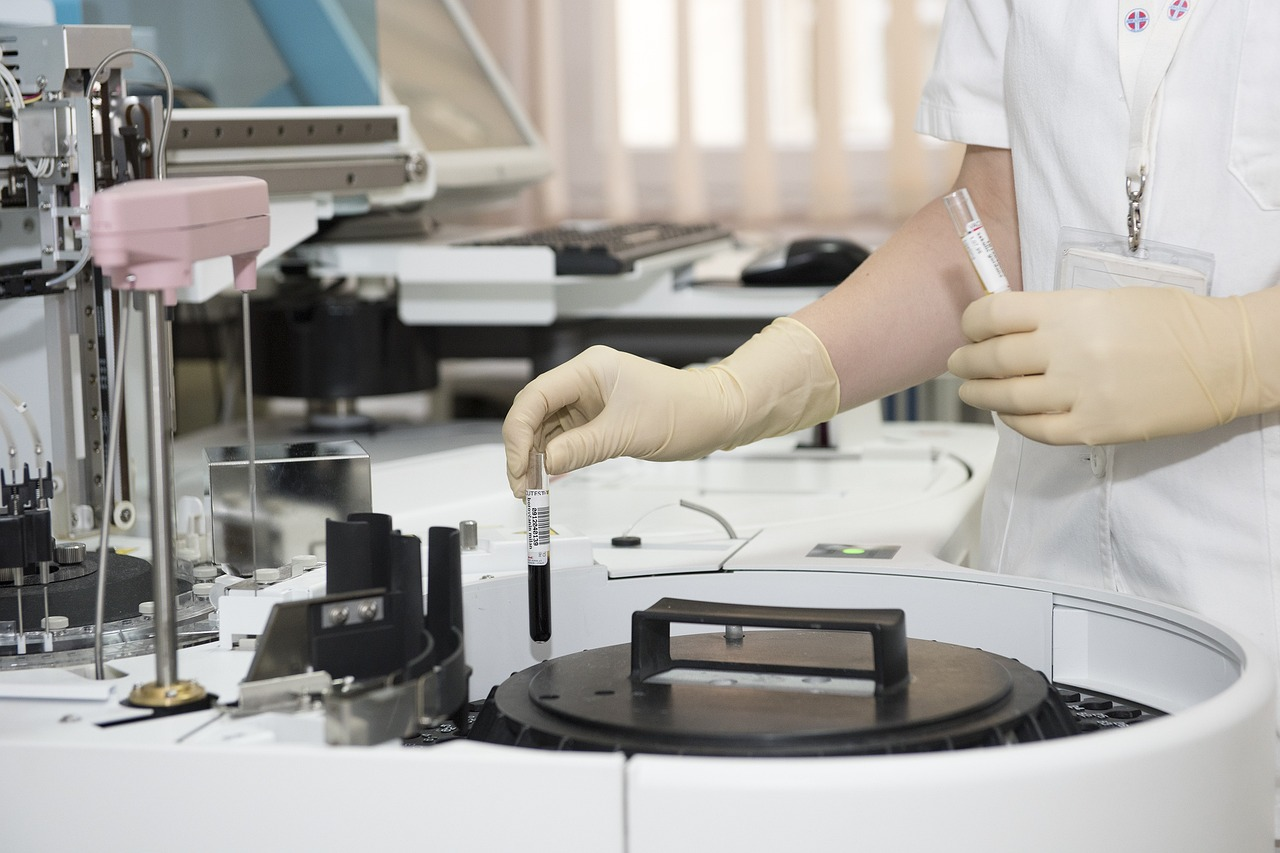
Future Trends and Challenges in Ultra-Precision Medical Manufacturing
The field of medical device manufacturing is evolving rapidly, driven by cutting-edge technologies and innovations. Here are some key trends that are shaping the future of the industry:

1. AI-Driven Adaptive Machining
AI technologies are enabling real-time adjustments in cutting speed, feed rate, and coolant flow, ensuring optimal precision throughout the manufacturing process. These advancements will significantly reduce manufacturing times while maintaining high levels of accuracy.
2. Bioprinting and Nanoscale Fabrication
Technologies such as bioprinting and nanoscale fabrication are already paving the way for the creation of nano-level vascular stents and neural electrodes, some of which are already entering clinical trials. These innovations promise to revolutionize the field of personalized medicine.
3. Cost Reduction for Small Manufacturers
While advanced precision technologies often come with a high price tag, hybrid manufacturing methods that combine CNC machining with 3D printing are helping reduce costs for small and medium-sized enterprises (SMEs). This trend may lead to more accessible and affordable precision manufacturing solutions for medical devices.
China’s Role in Global Medical Precision Manufacturing
Although China has made impressive advancements in ultra-precision medical manufacturing, some core technologies—such as ultra-precision optics—are still dependent on imports. To address these gaps, industry-academia collaborations are increasingly important. For instance, partnerships like that of Huazhong University and Jingwei Shida are helping to bridge the technological divide and develop localized solutions.
The ultimate goal for Chinese manufacturers is to achieve “high precision at low cost”, making advanced medical technology more accessible globally.
About Noble Manufacturing – Your Trusted Medical Precision Partner
Noble specializes in the production of micron and nano-scale medical components, offering the following benefits:
- Certifications: ISO 13485, CE, FDA, GMP-compliant
- Cutting-Edge Technology: CNC machining, micro-3D printing, AI-powered inspection
- Cost-Effective Solutions: Offering 30-50% cost savings compared to imported alternatives
- Quality Assurance: Achieving a 99.5%+ yield rate with full-process AI quality control
Contact us today for a free technical consultation and sample prototyping to experience the future of medical precision manufacturing.
Conclusion: The Future of Medical Manufacturing is Ultra-Precise and AI-Driven
The future of medical manufacturing is undoubtedly focused on ultra-precision, AI-driven innovation, and cost-effective solutions. As countries like China continue to push boundaries, the global healthcare industry stands to benefit from safer, more reliable, and affordable medical devices.
Want to learn more about micron-level machining for implants, AI-powered quality control, and laser-based microfabrication? Explore our case studies and discover how these technologies are transforming the future of medical device manufacturing.



